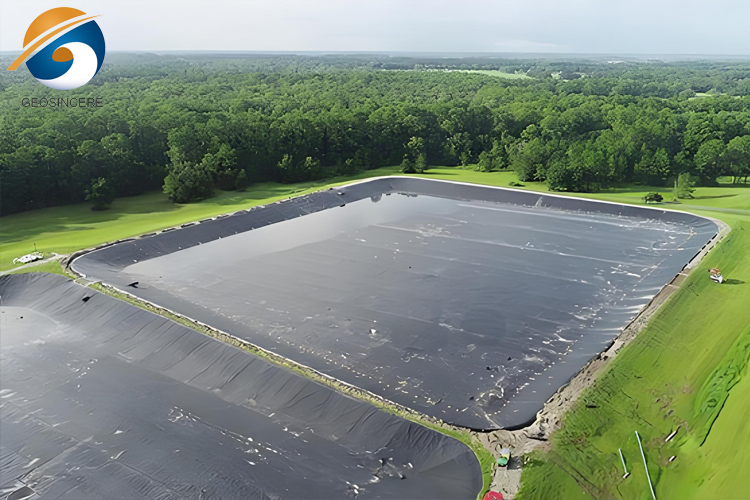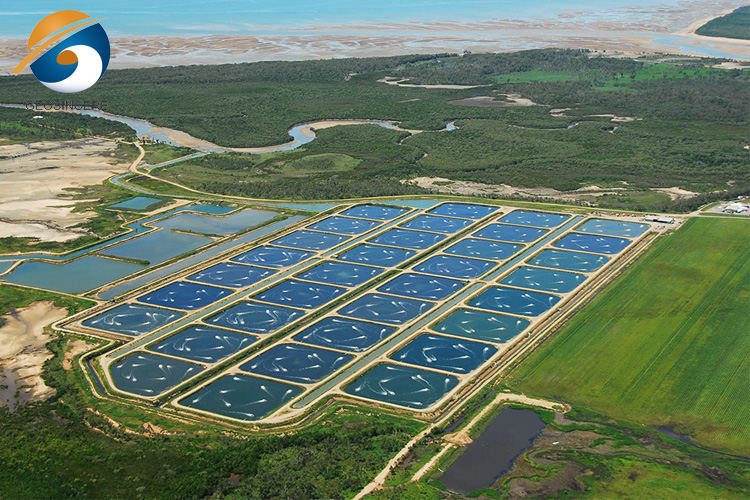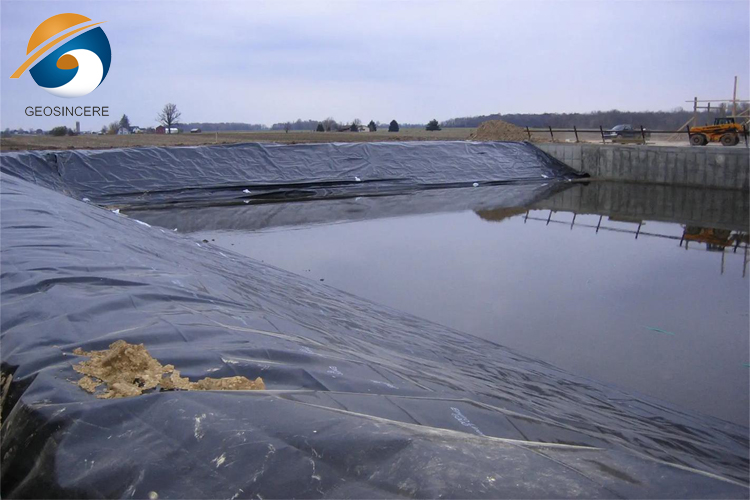What Are the Key Roles of HDPE Membrane in Application Projects?
In the realm of modern engineering and environmental management, HDPE membranes play a pivotal role in ensuring the integrity and sustainability of various application projects. These high-density polyethylene membranes are renowned for their exceptional durability and impermeability, making them indispensable in a wide range of industries. From landfill liners that safeguard groundwater from contamination to pond liners that maintain water levels, HDPE membranes act as reliable barriers that protect both the environment and valuable resources. Their versatility extends to wastewater treatment facilities, mining operations, and agricultural applications, where they help manage liquids and prevent leaks. As we delve deeper into the key roles of HDPE membranes, it becomes clear that they are not only essential for project success but also for promoting sustainable practices in an increasingly eco-conscious world.
1. What is HDPE Membrane?
HDPE membrane, or high-density polyethylene membrane, is a strong and flexible waterproof barrier made from high-density polyethylene resin. Widely used in various environmental and civil engineering applications, HDPE membranes are known for their exceptional durability, chemical resistance, and impermeability, making them ideal for preventing liquid migration.
HDPE membrane is easy to install. They are lightweight, flexible, and can directly handle and adapt to various shapes and surfaces. This helps with an efficient installation process, whether it's for large projects or small applications. Plays a crucial role in modern engineering solutions, providing reliable and effective barriers for protecting the environment and optimizing resource management across multiple industries.
2. What Are the Benefits of Using HDPE Membrane in Projects?
The benefits of using HDPE membranes in projects contribute to enhanced safety, efficiency, and sustainability, making them an essential component in modern engineering and environmental management.
2.1 Exceptional Durability: HDPE membranes are designed to withstand harsh environmental conditions, including extreme temperatures and physical stress. Their robust construction ensures long-lasting performance, reducing the need for frequent replacements.
2.2 Chemical Resistance: These membranes are highly resistant to a wide range of chemicals, making them ideal for applications involving hazardous materials. This property helps maintain structural integrity and safety in industrial and waste management settings.
2.3 Impermeability: HDPE membranes provide an effective barrier against liquid migration, preventing leaks and contamination. This is crucial in applications such as landfill liners and pond liners, where protecting groundwater and conserving water resources is essential.
2.4 UV Stability: Many HDPE membranes are treated to resist ultraviolet (UV) radiation, which enhances their durability when exposed to sunlight. This makes them suitable for outdoor applications without significant degradation over time.
2.5 Flexibility and Ease of Installation: The lightweight and flexible nature of HDPE membranes allows for easy handling and installation. They can adapt to various shapes and surfaces, facilitating efficient project execution.
2.6 Cost-Effectiveness: While the initial investment in HDPE membranes may vary, their long lifespan and minimal maintenance needs contribute to overall cost savings. Reducing replacement frequency and associated labor costs makes them a financially sound choice.
2.7 Environmental Protection: By preventing contamination and protecting natural resources, HDPE membranes play a vital role in environmental conservation. Their use in projects supports sustainable practices and compliance with environmental regulations.
3. What Are the Applications of HDPE Membrane?
3.1 Landfill Liners: HDPE membranes are commonly used as liners in landfills to prevent leachate from contaminating groundwater. Their impermeable nature ensures that hazardous substances are contained.
3.2 Wastewater Treatment: In wastewater treatment facilities, HDPE membranes are employed to line lagoons and ponds, effectively managing effluents and preventing liquid seepage into the surrounding environment.
3.3 Pond Liners: These membranes are used to create and maintain ponds, reservoirs, and lakes, helping to retain water and prevent loss due to seepage, which is particularly beneficial in agricultural settings.
3.4 Aquaculture: HDPE membranes are ideal for fish farms and aquatic systems, providing a safe environment for aquatic life while preventing contamination from external sources.
3.5 Mining Operations: In mining, HDPE membranes are used in tailings storage facilities to contain toxic materials and prevent environmental damage from seepage.
3.6 Chemical Storage: HDPE membranes are applied in facilities that store hazardous chemicals, providing a protective barrier against leaks and spills.
3.7 Green Roof Systems : In green roofing applications, HDPE membranes serve as a waterproof layer, helping to manage drainage and protect underlying structures from water damage.
3.8 Agricultural Applications: HDPE membranes are used in irrigation systems and water conservation projects, assisting in the efficient management of water resources.
3.9 Construction Projects: In various construction applications, HDPE membranes are employed as vapor barriers or waterproofing materials, ensuring the integrity and longevity of building structures.
4. What Factors Should Be Considered When Selecting HDPE Membrane for a Project?
4.1 Thickness: Choose an appropriate thickness based on the specific application and environmental conditions. Thicker membranes generally offer better durability and puncture resistance.
4.2 Chemical Resistance: Assess the types of chemicals the membrane will be exposed to. Ensure the selected HDPE membrane is compatible with these substances to prevent degradation.
4.3 UV Resistance: Consider the level of UV exposure the membrane will face. Opt for UV-stabilized membranes for outdoor applications to enhance longevity.
4.4 Installation Requirements: Evaluate the complexity of the installation process. Some membranes may require specialized techniques for seams and fittings, impacting overall project timelines.
4.5 Environmental Conditions: Take into account temperature variations, soil characteristics, and potential environmental stressors that could affect the membrane's performance.
4.6 Cost: Analyze the budget for the project, considering both initial costs and long-term maintenance expenses. Higher quality membranes may have a higher upfront cost but can provide better value over time.
4.7 Regulatory Compliance: Ensure that the selected membrane meets all relevant local and national environmental regulations and standards for the specific application.
5. Summary
HDPE film is widely used in various engineering projects due to its excellent durability, chemical resistance, and waterproof performance. They play a crucial role in areas such as landfills, sewage treatment, and agricultural water tanks, effectively preventing liquid infiltration and protecting the environment. With the popularization of sustainable development concepts, the importance of HDPE film in resource management and environmental protection is increasingly prominent, becoming an indispensable part of modern engineering solutions.
GEOSINCERE geomembranes provide high-quality products and excellent services, committed to meeting your engineering needs. For more information or consultation, please contact us. We will serve you wholeheartedly!








